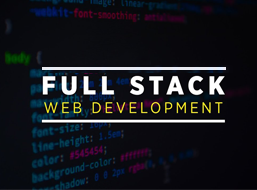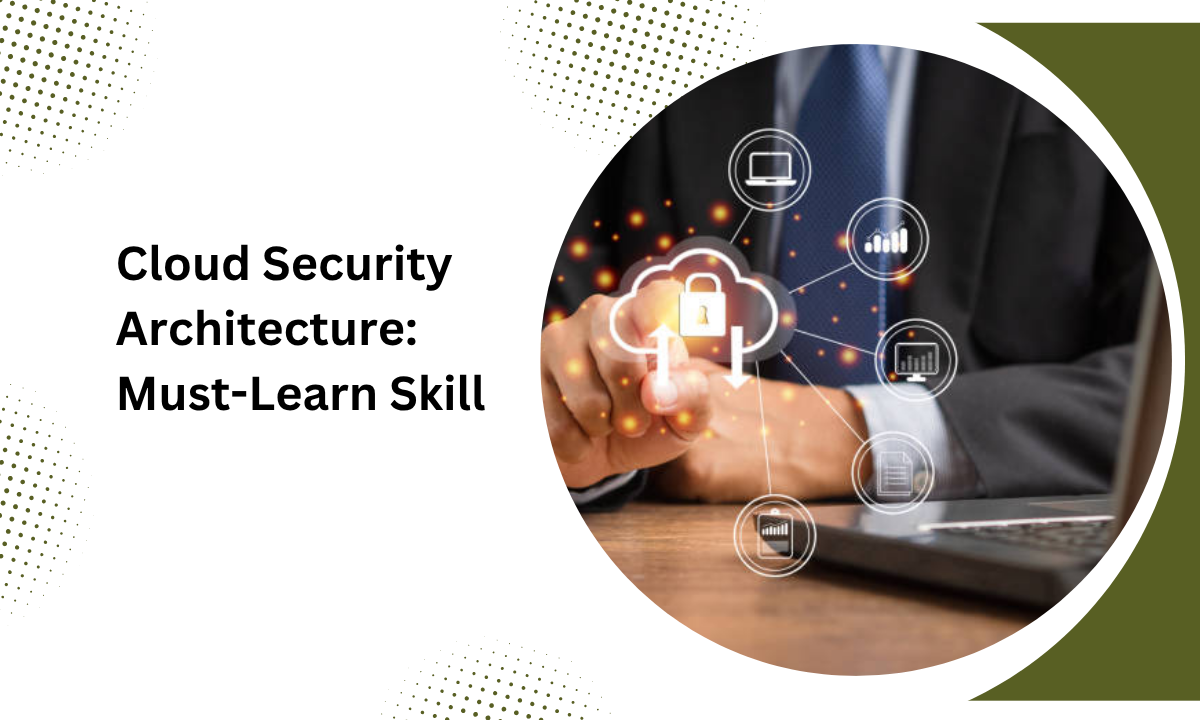Table of contents:
|
1. Defining Cloud Security Architecture |
|
2. Why Organizations Demand Cloud Security Architects |
|
3. What Cloud Security Really Means & Its Key Benefits |
|
4. Understanding the Cloud Security Framework & Monitoring Practices |
|
5. Why Skills in Cloud Security Assessment Matter |
|
6. How You Can Build These Skills at Apponix in Bangalore |
|
7. Final Thoughts |
|
8. FAQs |
At Apponix, we believe in equipping professionals for the digital age, and one area where the demand is booming is cloud security architecture. Whether you’re eyeing a role as a cloud security architect or simply want to understand the core of cloud protection, mastering cloud security architecture is essential.
In this post, I will explain what cloud security architecture is, why it matters, and how developing that capability unlocks significant benefits, especially if you are considering a cybersecurity course in Bangalore to power your career.
Defining Cloud Security Architecture

When we talk about cloud security architecture, we refer to the layered design of policies, technologies, and processes that protect cloud-based applications, data, and infrastructure. It’s not just about firewalls and access control; it’s the broader cloud security framework that guides how organizations secure workloads in public, private, or hybrid environments.
A strong cloud security architecture accounts for identity access management (IAM), data encryption, network segmentation, continuous monitoring, and compliance. According to cloud security experts, the architecture must embed core principles of confidentiality, integrity, and availability.
For anyone pursuing training, whether a cybersecurity course in Bangalore or a specialised cloud security certification, understanding architecture is foundational.
Why Organizations Demand Cloud Security Architects
The role of the cloud security architect is among the fastest-growing in IT. Why? Because cloud adoption continues to accelerate, threats evolve just as fast. New attack surfaces emerge when workloads shift to the cloud, meaning the need for specialists who design, validate, and monitor cloud security architectures is paramount.
At Apponix, we observe this demand across organisations in Bangalore and other tech hubs: they want professionals who understand not just tools but how to build a holistic cloud-safe environment.
From the perspective of learners, that means acquiring skills spanning architecture design, risk assessment, cloud security monitoring, and governance, so your training (such as a training institute in Bangalore offering cloud security modules) should reflect these domains.
What Cloud Security Really Means & Its Key Benefits
Let’s step back and consider the cloud security definition and the benefits it brings:
By definition, cloud security refers to the set of policies, technologies, and controls used to protect data, applications, and cloud infrastructure from threats, both internal and external.
Here are some of the major cloud security benefits:
-
Enhanced scalability and flexibility: You secure cloud resources at scale, aligned with business growth.
-
Improved data protection and compliance: A well-designed architecture helps you meet regulatory requirements and avoid costly breaches.
-
Visibility and control: With continuous monitoring, you gain insight into cloud activity, misuse, and risk, which is part of cloud security monitoring.
-
Cost savings and efficiency: Preventing a breach or misconfiguration often costs far less than fixing one, making cloud security architecture a smart investment.
If your training emphasises these benefits and shows how architecture underpins them, you’ll be better prepared for the real world.
Understanding the Cloud Security Framework & Monitoring Practices
When we speak of a cloud security framework, we refer to structured guidelines and controls (for example, ISO standards, vendor best practices, or enterprise risk models) that support cloud security architecture decisions. For instance, frameworks cover identity & access, encryption, network segmentation, operations monitoring, incident response, and more.
A key part of this is cloud security monitoring, the continuous tracking of cloud assets, user behaviour, configuration drift, and anomalies. Without monitoring, even a well-designed architecture can’t guarantee protection.
In our courses at Apponix, we emphasise how monitoring tools, logs, dashboards, and automated alerts plug into the architecture you design, completing the loop from design → implementation → oversight → improvement.
Why Skills in Cloud Security Assessment Matter
An important dimension often overlooked is cloud security assessment. Even after architecture and implementation, you must regularly evaluate how effective your safeguards are through audits, penetration tests, configuration reviews, and compliance checks.
Employers expect you to not only build cloud security architecture but also assess its performance against threats. This assessment mindset is a differentiator between basic practitioners and advanced cloud security architects.
If you’re taking a cybersecurity course in Bangalore (or considering Apponix’s training), check that the curriculum includes architecture design and assessment tasks, labs, case studies, and scenario simulations.
How You Can Build These Skills at Apponix in Bangalore
At Apponix, we’ve designed our training modules around real-world needs: you’ll learn about cloud architectures, design secure frameworks, implement monitoring, perform assessments, and develop the mindset of a cloud security architect.
If you’re in Bangalore and looking for a training institute or a cybersecurity course, look for the following features:
-
Modules on cloud security architecture covering IaaS, PaaS, SaaS, and hybrid models
-
Hands-on labs with cloud platforms, IAM, encryption, threat detection
-
Use-cases on cloud security monitoring and assessment
-
Career guidance for roles like cloud security architect: investing time in these skills now will pay dividends as cloud adoption grows.
Final Thoughts
In today’s technology-driven world, the cloud is the backbone of business operations, and with that backbone comes risk. Designing a strong cloud security architecture is no longer optional; it’s a must-learn cyber skill for anyone serious about a career in security.
At Apponix, we see the shift: organisations aren’t just asking for practitioners who can run tools; they want architects who can plan, monitor, and assess cloud security frameworks end-to-end.
If you aspire to become a cloud security architect, begin with a solid grasp of definitions, frameworks, and benefits, and move on to mastering architecture design, monitoring, and assessment. A cybersecurity course in Bangalore that emphasises these elements, preferably delivered by a reputable training institute like Apponix, will give you the competitive edge.
By building competency in cloud security architecture, you’re not just learning a topic; you’re positioning yourself at the forefront of the cloud-security revolution. The demand is there, the skills are teachable, and the career opportunities are abundant. Dive in with confidence.
FAQs
Q: What is cloud security architecture?
It’s the strategic, layered design of policies, controls, technologies, and practices that protect cloud-based assets, enabling organisations to secure data, applications, and infrastructure in dynamic environments.
Q: What does a cloud security architect do?
A cloud security architect designs secure cloud environments, selects appropriate security frameworks, implements controls, monitors cloud activity, and assesses effectiveness.
Q: What are the key benefits of cloud security?
Key benefits include data protection, regulatory compliance, visibility over cloud assets, cost-efficient risk mitigation, scalability, and flexibility of secure cloud operations.
Q: What is a cloud security framework?
A cloud security framework is a structured set of guidelines and controls (such as identity, encryption, monitoring, and incident response) that support the design and management of cloud security architecture.
Q: What does cloud security monitoring involve?
Monitoring involves continuously tracking cloud resources, user activity, configurations, and logs, and detecting anomalies or threats as part of the architecture’s operational phase.
Q: Why is cloud security assessment important?
Assessment verifies whether the architecture and controls are effective, through audits, penetration tests, and reviews, ensuring the security posture remains strong against evolving threats.




